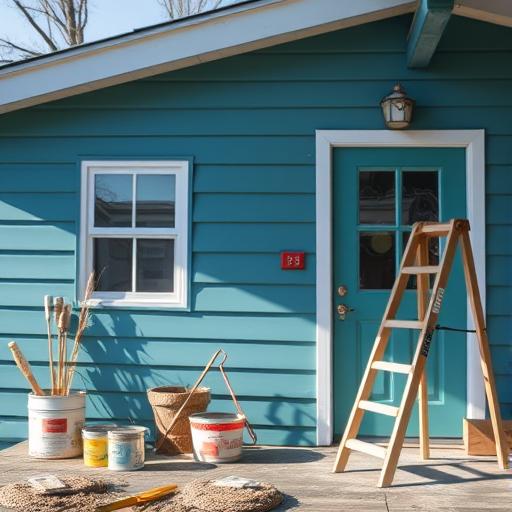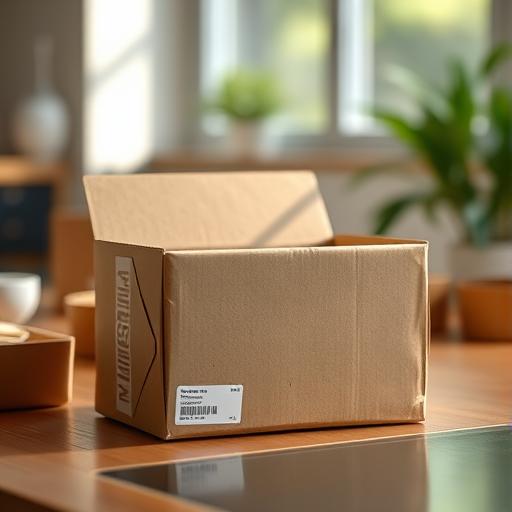Picking a new wall colour is one of the most impactful ways to refresh a room. It sets the entire tone and acts as the canvas for all your beloved furniture and decor. When you get the colour just right, everything else in the room seems to click into place, creating a harmonious and stylish space. If you need help with the application, expert house painters edmonton can ensure a perfect finish.
This process doesn’t have to be stressful; in fact, it can be an incredibly fun and creative part of designing your home. Think of it as an opportunity to inject your personality into your living space. By following a few simple principles, you can confidently select a shade that makes your furniture pop and your decor sing. Let’s get started on finding that perfect hue!
Start With Your Existing Pieces: Your Furniture is Your Muse 🛋️
Before you even think about visiting a paint store, take a good look around your room. Your existing furniture, rugs, curtains, and artwork are your best sources of inspiration. You already chose these items because you love them, so let them guide your colour choice. Identify a “hero” piece, like your sofa, a patterned armchair, or a large piece of art that you want to be the center of attention.
Once you have your inspiration piece, study its colours closely. Don’t just look at the most obvious colour. A blue sofa might have flecks of grey, teal, or even a subtle silver thread running through it. A patterned rug could contain a half-dozen beautiful, complementary shades. Pulling one of these less-dominant colours for your walls can create a sophisticated, layered look that feels professionally designed.
Understanding Colour Theory: The 60-30-10 Rule
A simple guideline used by interior designers everywhere is the 60-30-10 rule. It’s a wonderfully simple way to create a balanced colour palette. Your dominant colour, which is typically your wall colour, should make up about 60% of the room. This is the main backdrop for everything else.
The secondary colour will make up 30% of your space. This is often seen in your furniture, curtains, or perhaps an accent wall. The final 10% is your accent colour. This is where you can have some fun with pops of a bold shade in items like throw pillows, decorative objects, and artwork. For example: soft grey walls (60%), a navy blue sofa (30%), and bright yellow cushions (10%).
Consider the Room’s Mood and Lighting 💡
Colour has a profound effect on our feelings. Think about the kind of atmosphere you want to create in the room. Are you aiming for a calm and relaxing sanctuary for your bedroom? Cool colours like soft blues, greens, and lavenders are excellent for creating a serene vibe. Do you want a lively, energetic dining room for entertaining guests? Warm colours like terracotta, muted reds, and sunny yellows can create a welcoming and social atmosphere.
Lighting is a game-changer for paint colour. A colour that looks perfect in the store can look completely different on your walls. North-facing rooms get less direct sun and can make colours appear cooler, while south-facing rooms are filled with warm light all day. Always test your paint samples on different walls within the room and observe them throughout the day—in the bright morning light, the warm afternoon glow, and at night with your artificial lights on.
The Power of Neutrals: More Than Just Beige
Neutrals have a reputation for being “safe” or “boring,” but that couldn’t be further from the truth! A well-chosen neutral provides a stunning, sophisticated backdrop that allows your furniture and art to take center stage. The family of neutrals is vast and includes warm, creamy whites, cool and crisp greys, rich charcoal, and even “greige” (a mix of grey and beige) which works with almost anything.
Choosing a neutral wall colour gives you incredible flexibility. It creates a timeless foundation that won’t go out of style, and it allows you to easily change up your decor whenever you feel like it. You can swap out your accent pillows, throws, and artwork with the seasons to give the room a completely fresh feel without ever needing to pick up a paintbrush again. It’s the ultimate choice for a versatile and chic home.
Don’t Fear the Accent Wall: Making a Statement
If you love a bold, dramatic colour but are hesitant to paint an entire room with it, the accent wall is your best friend. It’s a fantastic way to add a punch of personality and create an immediate focal point without overwhelming the space. An accent wall can bring depth and dimension to a room, drawing the eye and highlighting the room’s best architectural features.
So, which wall should you choose? A good rule of thumb is to pick the wall that your eye is naturally drawn to when you first enter the room. This is often the wall behind the headboard in a bedroom, the wall where your sofa is placed in the living room, or the wall featuring a fireplace or a beautiful piece of art. Painting this one surface in a deeper or brighter shade will instantly add character and style.
Test, Test, and Test Again! Swatching is Key 🎨
We can’t say this enough: never, ever choose a paint colour based on a tiny paper chip or how it looks on a computer screen. These are only approximations and can be very misleading. The only real way to know how a colour will behave in your home, with your light and your furniture, is to try a sample of the actual paint on your wall.
Buy a small sample pot of your top two or three choices. Paint a large square, at least 12 by 12 inches, for each colour on the main wall you intend to paint. It’s even better if you can paint a swatch on a wall that gets a lot of light and one that’s often in shadow. Live with these swatches for a few days before making your final pick. This simple step is the single best thing you can do to prevent a colour mistake and ensure you’ll love the result.
When in Doubt, Consult the Pros
Sometimes, even after following all the right steps, you might still feel stuck between a few shades or unsure about what will work best. That’s perfectly okay! Choosing colours can be tricky, and it’s a big part of why interior designers and professional painters are so valuable. They have years of experience and have seen which colours work beautifully in a huge variety of homes and lighting situations.
Don’t hesitate to ask for an opinion. A professional painter not only provides a flawless, durable finish but can often offer excellent advice on colour selection and sheen. Their expertise can give you the confidence you need to make a choice, and their skill will guarantee that your vision is brought to life exactly as you imagined it. Happy painting! 😊



